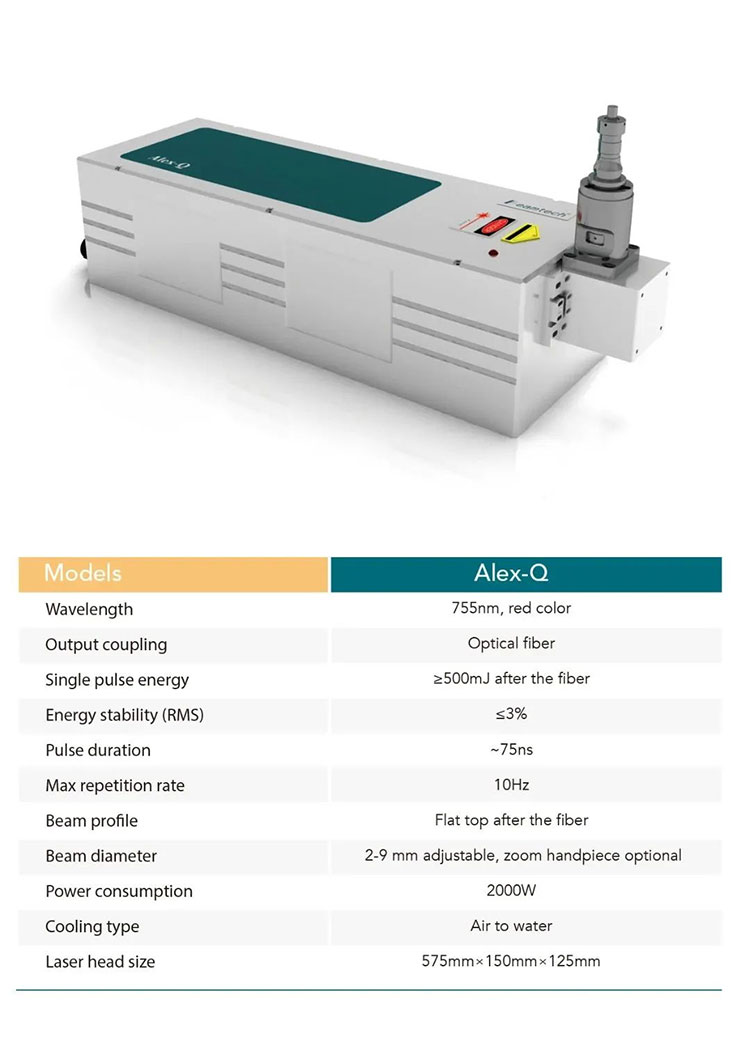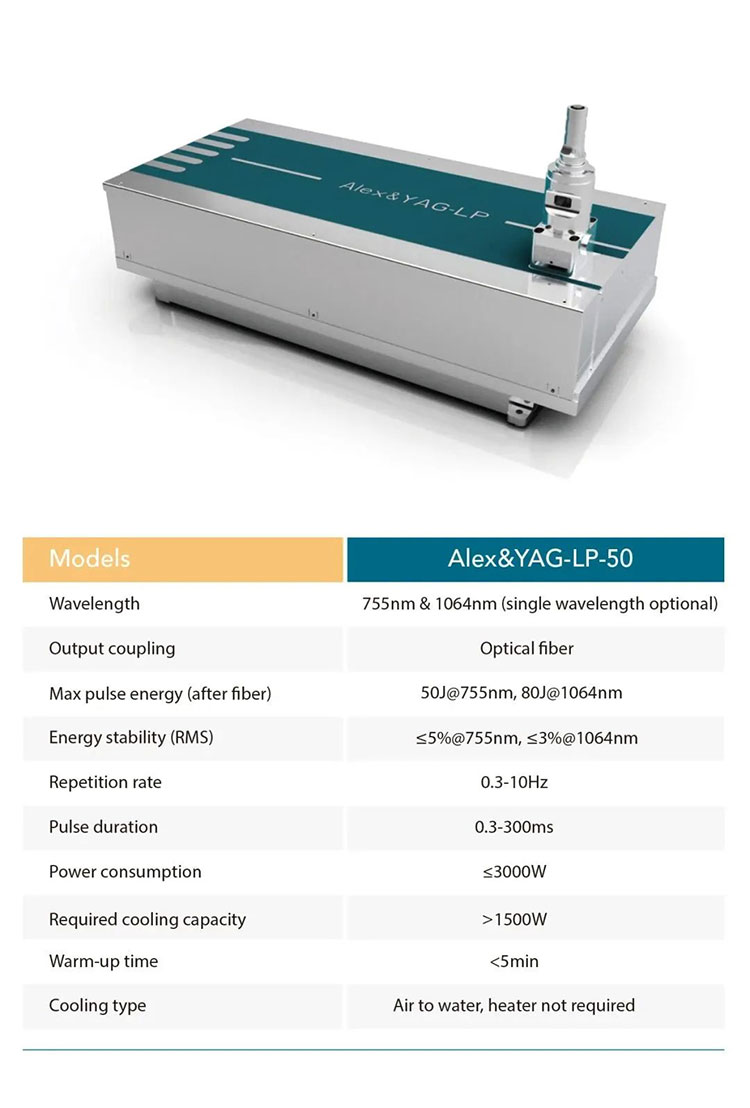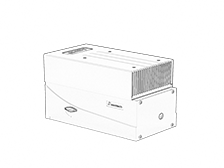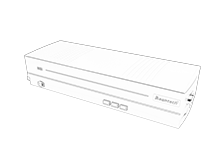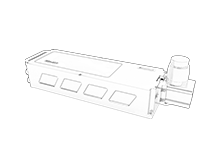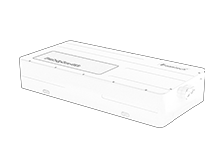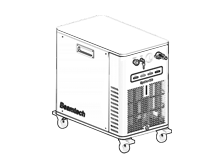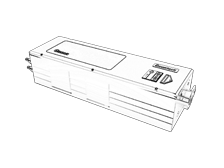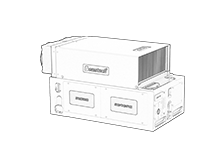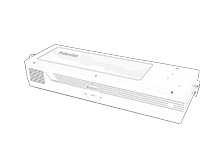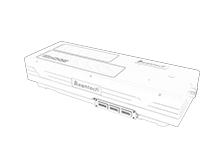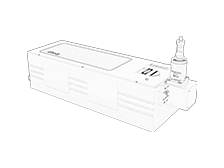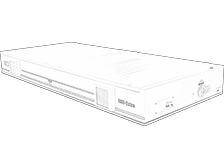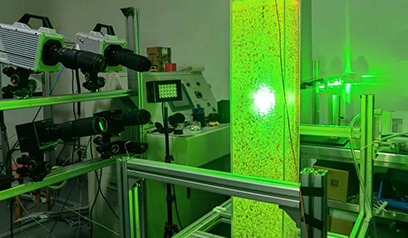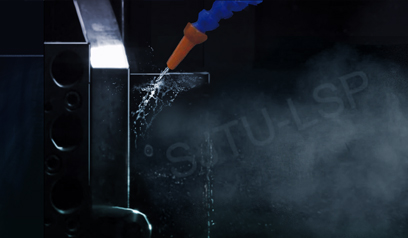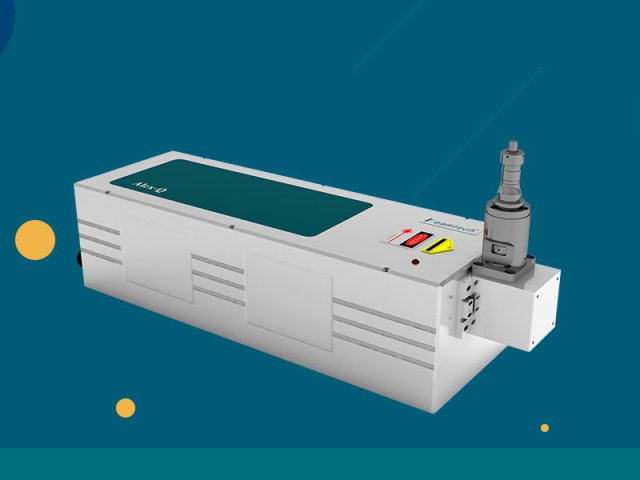Alexandrite Laser:an effective tool in the field of medical aesthetics
Posting Date:2023-12-20
Views:679
Alexandrite Laser
Alexandrite (Cr3+: BeAl2O4), also known as alexandrite, chrysoberyl, change stone, alexandrite, etc., is a broadband tunable laser working medium with excellent performance, can be pumped by xenon lamps or diodes, with a wavelength tuning range of 701~858 nm, and can obtain ultraviolet laser through a single frequency doubling, which has many applications in the field of laser therapy and cosmetics. It has many applications in the field of laser medicine and cosmetology:
Laser Hair Removal
The alexandrite laser emits energy at a wavelength of 755 nm - well within the absorption spectrum of melanin, as shown in the diagram below. Since melanin is the target chromophore for hair removal, this makes the laser a suitable device for hair removal.The 755nm Asterite laser is now recognized as the more suitable laser for hair removal (for Fitzpatrick skin types 1-5) and can be used for hair removal in any area, including underarms, bikini line, face, neck, back, chest and legs.
vascular disease
Targets the red pigment (hemoglobin).
Linear veins of the face and legs, some vascular birthmarks (capillary malformations). Vascular diseases: hemangioma, capillary dilatation, rosacea.
Remove tattoos and pigmentation and improve aging skin
The use of Q-switched alexandrite lasers has improved the blue and green pigment removal process in particular.
Age spots, freckles, flat pigmented birthmarks (congenital melanocytic nevi), nevus of Ota and acquired dermal melanocytosis.
photoacoustic imaging
Generates high-definition volumetric images of tissue by measuring light-induced acoustic waves from its optically absorbing structures. Combines the benefits of optical excitation and acoustic detection and provides a unique combination of unambiguous molecular- specific contrast and fine spatial resolution. With a variety of implementations from microscopy to tomography, it can be used to visualize anatomical structures, physiological functions, and molecular pathologies at a variety of length scales from cells to organs.
For these applications, Beamtech offers Q-switch and long-pulse emerald green lasers.
